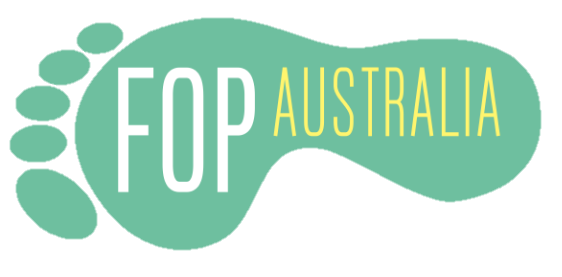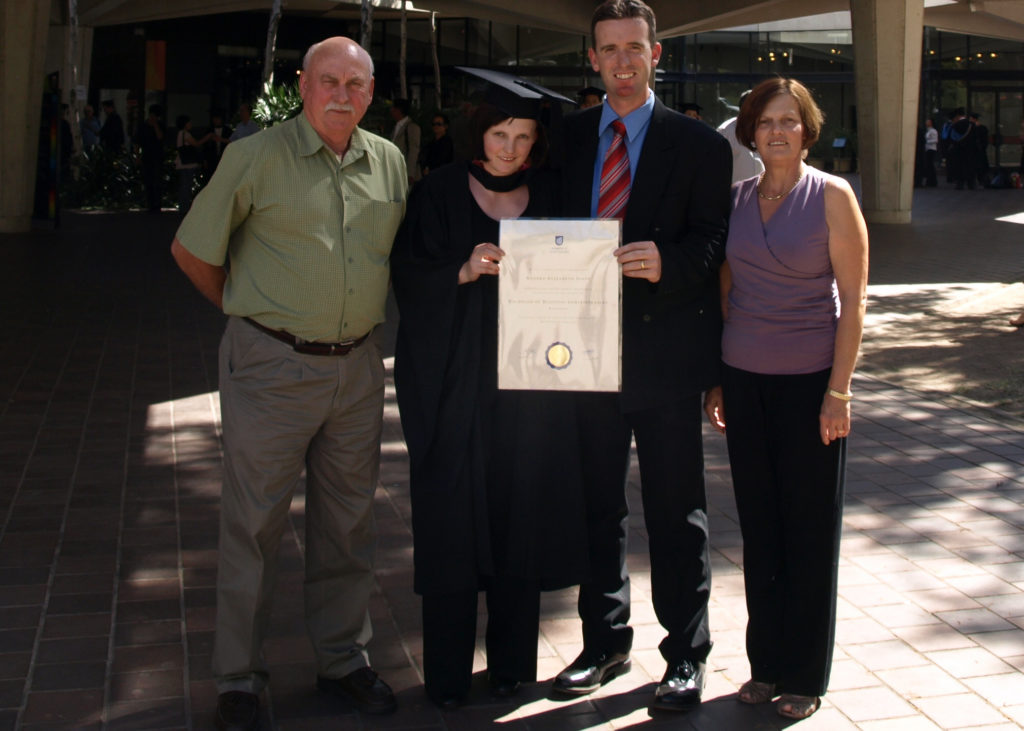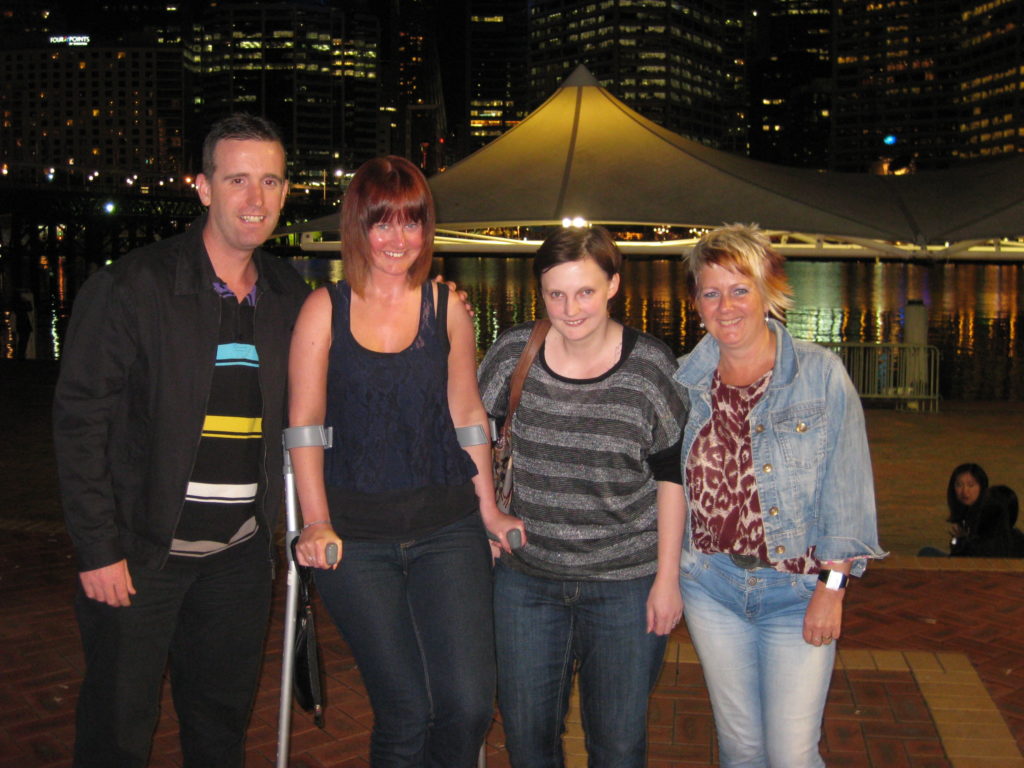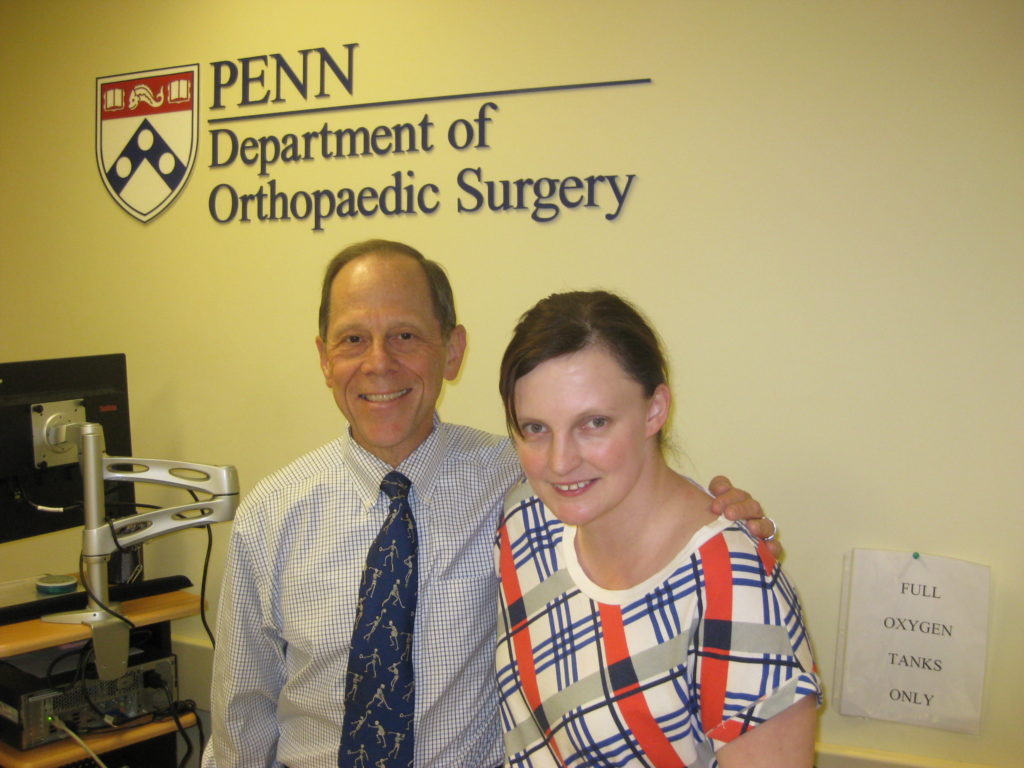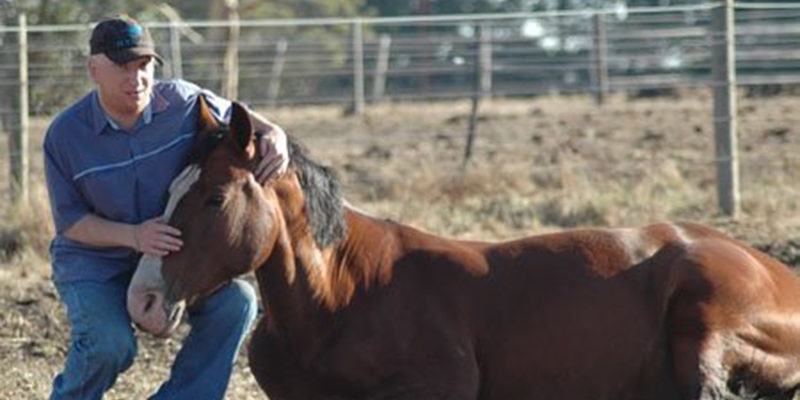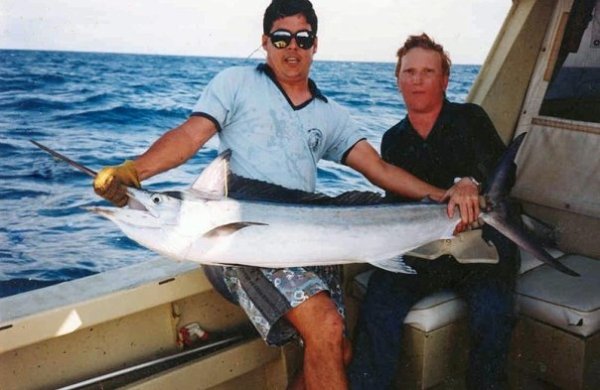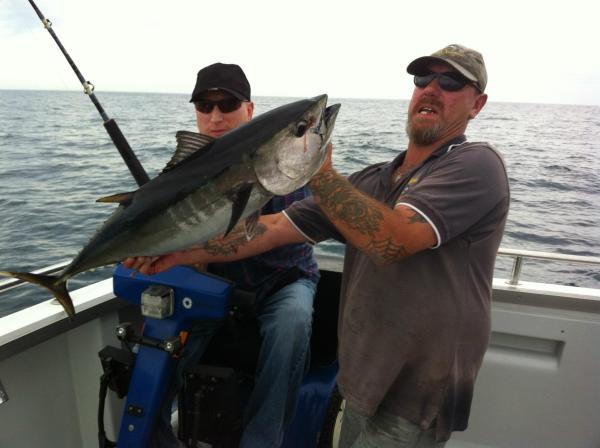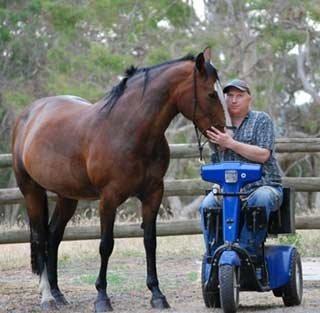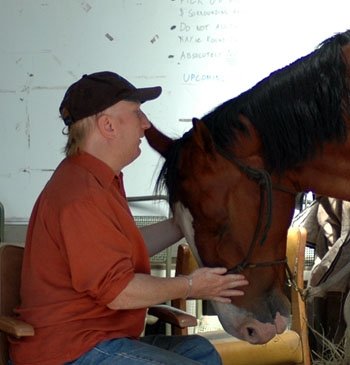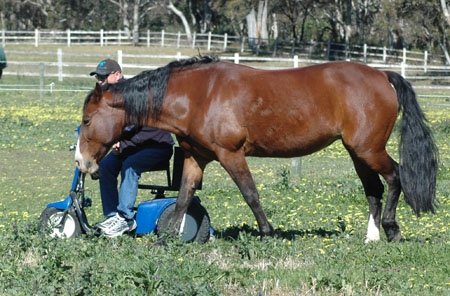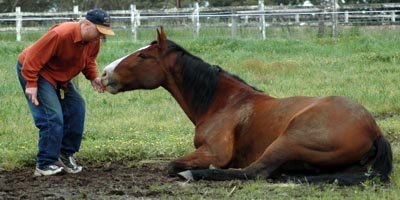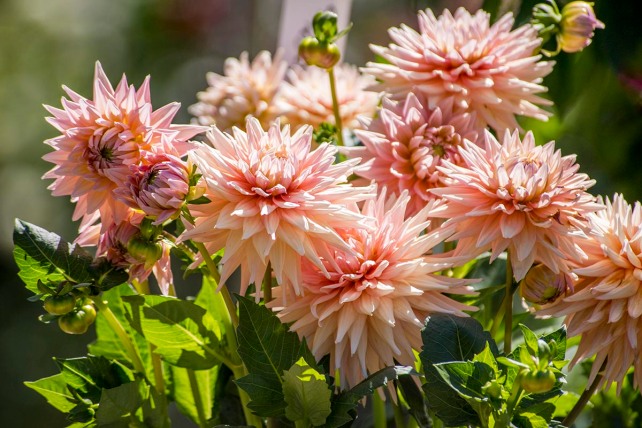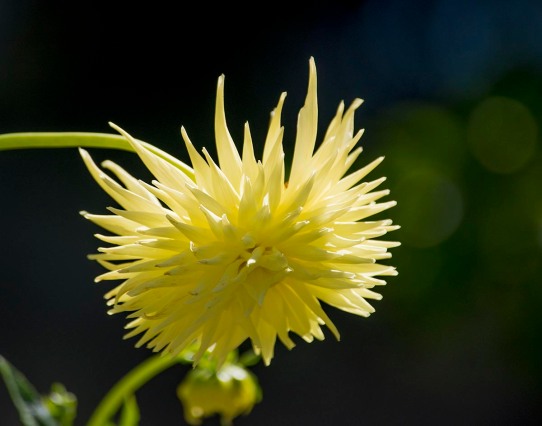Brooke’s FOP Journey…..
Most stories about Fibrodysplasia Ossificans Progressiva start from a young age, my story is different.
FOP for me, is only a relatively new “friend” since 2009 when I was diagnosed at the age of 29. My journey up to this date is different to many of the FOP stories for which I am very grateful.
I led a fairly normal childhood, I participated in sports such as netball and horse riding and as a teenager tried ice skating and ice hockey (which I hated!) Looking back there may have been signs that my FOP “Friend” was with me, such as my noticeable walk which included fast small steps with my head down, and my stiff neck, but as I have normal toes and no known flare ups as a child FOP went undiagnosed.
From my early 20’s when I first noticed lower back pain I found myself in the public and private hospital system. I was moved around from doctor to doctor all unsure of what exactly was the problem. It was clear that I had something going on but no one was quite sure what to do about it which lead to many years of misdiagnoses and unnecessary testing.
In 2009 I had what I now know as a significant flare up in my neck. The lump was biopsied in 5 different places and at the same time I had a CT on my neck, abdomen and pelvis. It was during the investigation of the CT that the radiologist suggested that maybe it was FOP, however, that would be rare given my age and my normal toes. After this I had genetic testing where the doctor also said it was highly unlikely it was FOP as he has seen a patient previously with the condition, the results came back and confirmed that indeed I had FOP but a variant form which had only been reported in one other patient at the time.
Since that time I have learnt what living with a progressive rare disease means, it is often very isolating, being diagnosed as an adult at a time when friends are planning their lives was and is a hard thing to cope with. The “P” in FOP stands for progressiva, meaning the condition will progress, I don’t know when but it will. Not knowing when and having this out of your control is extremely hard to deal with. One thing you don’t get told when you are diagnosed is that you will get a new family, your rare disease family. For me my family is spread far and wide, I have not met most of my family in person but they are always there for support and guidance on any topic without judgement, without them this journey would be immeasurably hard. There are only 17 people in Australia and 2 in New Zealand that have FOP, we are a small but close knit group who rely on each other for support, I am grateful for their help in times of need.
I am very lucky given my late diagnoses and unnecessary invasive procedures to be reasonably mobile. I am married to my husband Brendan and we live with our 2 pets Penny and Gracie. I currently work 4 days a week and I am a director of FOP Australia the charity founded to help people in Australia and New Zealand. I recently completed a Diploma of Business (Governance) under part scholarship from the Women’s Leadership Institute Australia and Institute of Community Directors Australia. I hope the knowledge that I have gained from this course will help FOP Australia and our community as we move forward towards a treatment for FOP.
Parents Dean and Jennifer at Brooke’s graduation (2009) – 7 months prior to diagnosis
Brendan, Rach, Brooke and Julie in Sydney (2010)
With Fred Kaplan at The University of Pennsylvania (2014)
